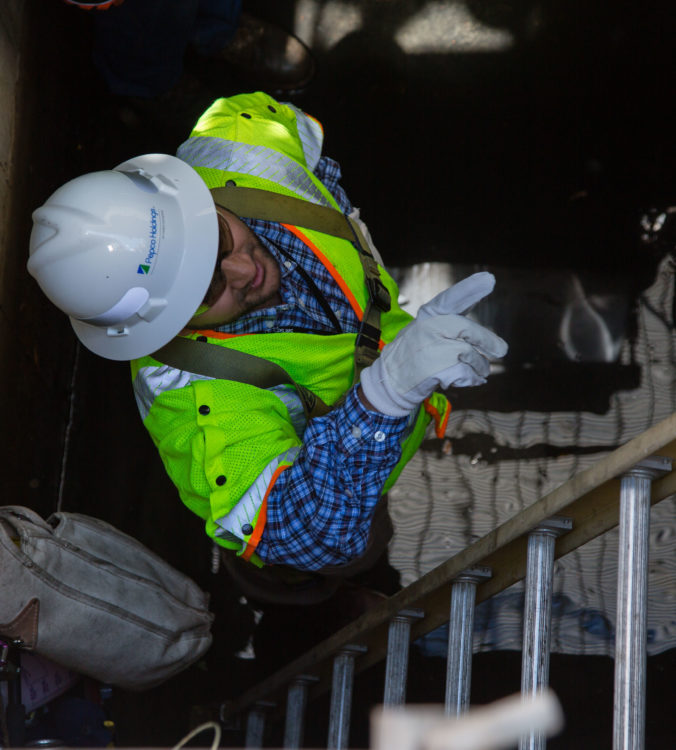For many, a day or more without electricity is unimaginable. How would their phones get charged? However, some D.C. and Maryland residents may recall a time a few years ago when news of a storm meant holding your breath for the lights to stay on. “When you think about the demand for electricity, there’s really nothing today that doesn’t require the grid,” said Tyler Anthony, Chief Operating Officer of Pepco.
Our customers in D.C. and Maryland have seen significantly fewer and shorter outages over the last four years. From 2012 to 2016, customers saw 21% fewer and 23% shorter outages throughout the region. “In fact, 2016 was our best year of service in the past 15 years for reliability,” Anthony said.

Progress like this doesn’t happen by mistake. This has taken an intentional and coordinated effort to invest in strong and modern infrastructure.
“What we have done with technology is to, in essence, create an automatic infrastructure,” said Umair Zia, Pepco’s manager for Underground Maintenance and Construction.
We have given the new switches brains and connected them via a robust communication infrastructure. If there is an outage, these devices talk to each other, and within minutes decide where the fault is and recommend the most effective way to restore the maximum number of customers. Some outages that used to take several hours are now cut down to just three minutes or less.
In the last five years, we have taken on big projects that have helped enhance the reliability of our service, including:
- Installation of more than 500,000 new smart meters, which enable automated systems that provide remote outage detection;
- Installation and upgrades to 1,063 miles of underground lines to reduce outages and speed up restoration;
- Installation of 25,603 stronger cross-arms on utility poles to make them more resistant to damage;
- Installation of 934 advanced switches that automatically help limit outages to smaller areas;
- Began using mobile data terminals in trucks so line workers can respond faster to problems.
These long-term investments have been amplified by working with the Exelon sister utilities. “We have had the opportunity to hear first-hand what’s working for other utilities, and then modify and apply those learnings here,” said Anthony.
In addition to the best practices from our sister utilities, which are among the top utilities in the country, we also share crews and resources. We are much more effective in serving customers when there is a partner nearby that can lend a hand (or 100) in the event of a storm.
With new infrastructure projects on the horizon that will continue to help serve customers and communities, our team is looking to the future. From continuing to modernize existing infrastructure, to meeting the changing demand on the electrical grid as communities grow, and creating a system that is more secure and resilient to severe weather or other unforeseen events – we are transforming how we bring power to our communities.
Learn more about our infrastructure story and stay tuned as we unveil new plans to power our future.

